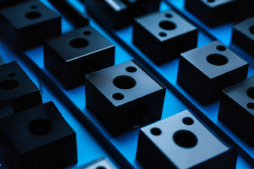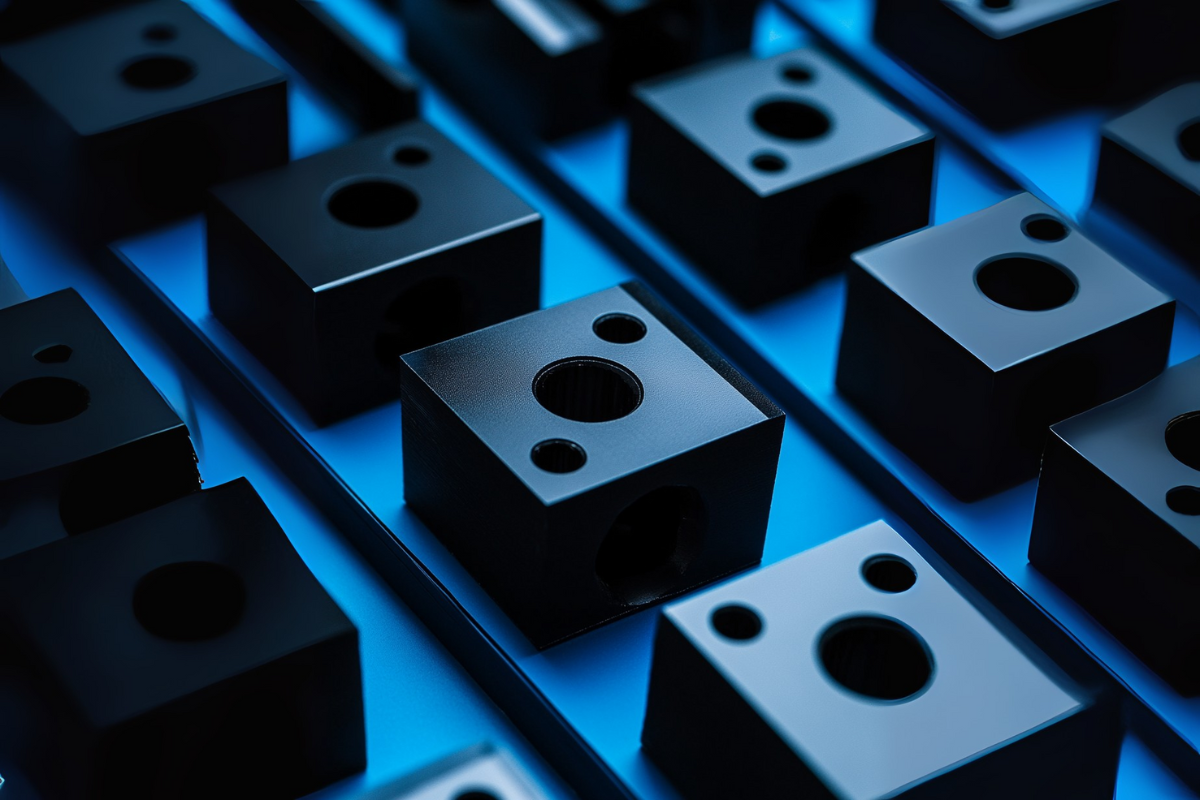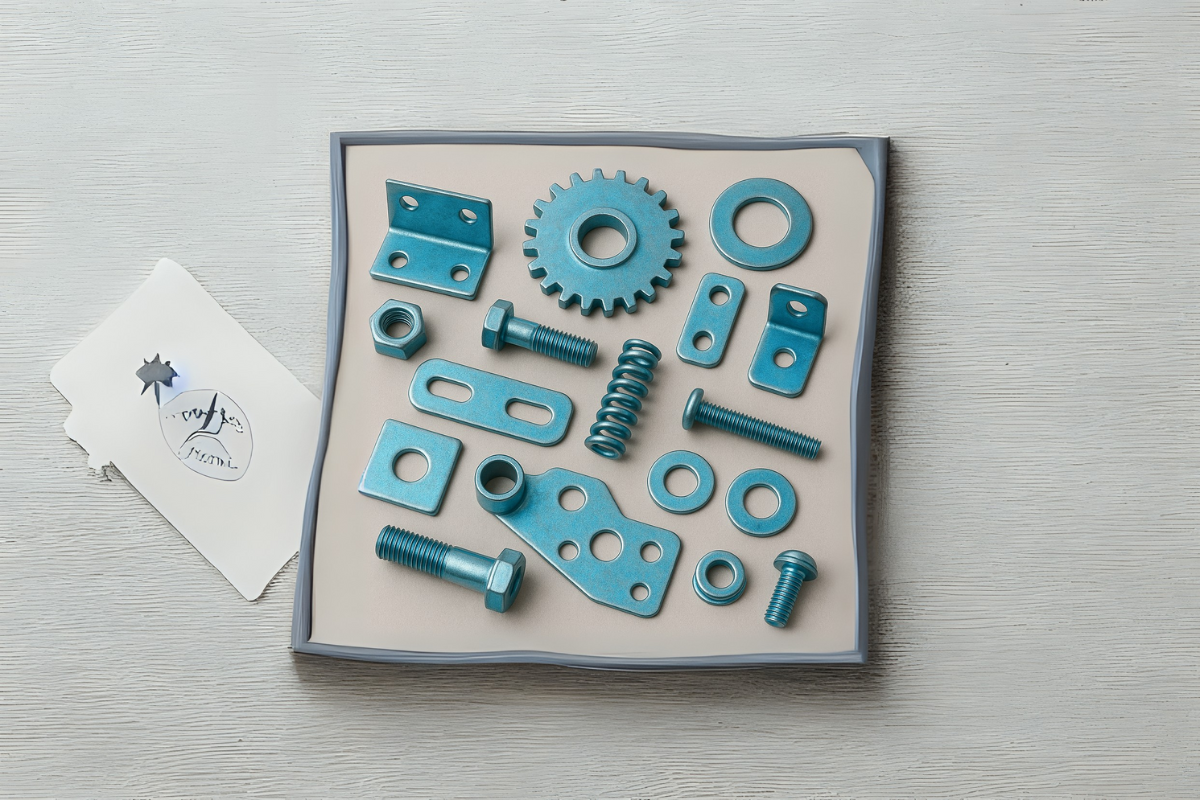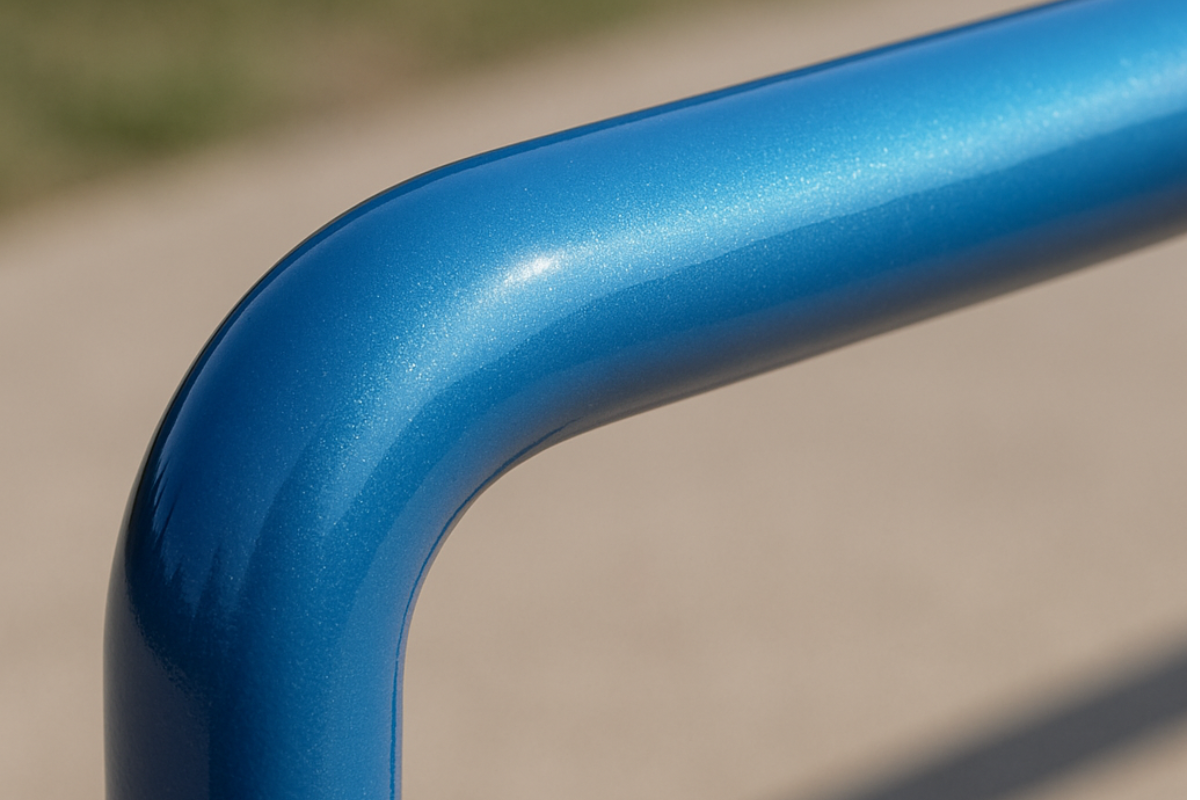Introduction
Anodizing is a vital surface treatment that enhances the durability, protection, and aesthetics of aluminum parts. This electrochemical process creates a robust oxide layer, providing superior corrosion resistance, increased wear tolerance, and a range of decorative color options. Effective anodizing is essential for delivering high-performing and visually appealing aluminum components.
Common Surface Imperfections on Aluminum Parts
Aluminum parts can often have various surface imperfections and contaminants that can negatively impact the anodizing process and final finish. These include:
Oxide layers: Naturally occurring aluminum oxide on the surface that can interfere with coating adhesion.
Grease, oil, or other residues: Residual contaminants from manufacturing processes that can prevent proper coating adherence.
Scratches, pits, and uneven surfaces: Surface defects that can lead to inconsistent or poor-quality anodized finishes.
Surface imperfections and contaminants on aluminum parts can have a significant negative impact on the anodizing process and final finish. Oxide layers, grease, and other residues can prevent proper adhesion of the anodic coating, leading to reduced corrosion resistance, wear tolerance, and overall durability of the finish. Likewise, physical defects like scratches and pits can result in inconsistent coloration and an uneven, low-quality appearance.
The Role of Sandblasting in Surface Preparation
Sandblasting is a key pre-treatment step for aluminum parts before anodizing. This process uses a stream of abrasive particles to effectively remove surface contaminants, oxide layers, and imperfections, creating a clean and textured surface optimal for anodizing.
The sandblasting process effectively removes surface imperfections and creates an optimal profile for anodizing. By propelling abrasive particles at high velocity, sandblasting mechanically scours the aluminum surface, stripping away oxide layers, contaminants, and other irregularities. This results in a clean, uniformly textured surface that provides superior adhesion for the anodic coating.
Benefits of Proper Surface Preparation Through Sandblasting
Thorough surface preparation through sandblasting provides several key benefits for anodized aluminum parts:
- Improved adhesion of the anodic coating
- Enhanced corrosion resistance
- Consistent, uniform coloration
- Increased wear and abrasion resistance
- Longer-lasting anodized finishes
By creating a clean, textured surface, sandblasting ensures the anodic coating can effectively bond to the aluminum substrate, resulting in a durable and reliable finish.
Tailoring the Sandblasting Process for Optimal Results
The sandblasting process can be fine-tuned to achieve the optimal surface characteristics for different anodizing requirements. Key factors that can be adjusted include:
- Blast media (e.g., size, type, hardness): The choice of abrasive particles, such as sand, glass beads, or aluminum oxide, can be tailored to create the desired surface texture and profile.
- Blast pressure: Adjusting the air pressure or centrifugal force used to propel the abrasive media can impact the intensity and depth of the surface treatment.
- Exposure time and distance: The duration and proximity of the sandblasting operation can be controlled to ensure consistent and uniform surface preparation.
By carefully adjusting these parameters, manufacturers can create the ideal surface profile to enhance the adhesion, corrosion resistance, and aesthetic qualities of the anodized finish on aluminum parts.
Validating the Effectiveness of Sandblasting
Ensuring the effectiveness of the sandblasting process is crucial for achieving optimal anodizing results. Rigorous quality control measures are essential to verify that the surface preparation is meeting the necessary specifications.
Common inspection techniques include:
- Surface roughness measurements: Evaluating the texture and profile of the sandblasted surface using profilometry or other roughness measurement tools.
- Visual inspections: Closely examining the surface for any remaining contaminants, defects, or uneven treatment.
- Adhesion tests: Performing standardized adhesion tests to validate the bonding strength between the anodic coating and the prepared substrate.
By implementing these quality control measures, manufacturers can validate the consistency and effectiveness of the sandblasting process, guaranteeing the desired surface characteristics for a high-quality anodized finish.
Conclusion
In conclusion, sandblasting is a critical step in preparing aluminum parts for successful anodizing. By removing surface imperfections and contaminants, sandblasting creates an optimal surface profile that enables strong adhesion of the anodic coating, enhanced corrosion resistance, and a consistent, high-quality finish.
Prioritizing proper surface preparation through sandblasting is essential for maximizing the performance and long-term durability of anodized aluminum components. Manufacturers should carefully control and validate the sandblasting process to ensure the desired surface characteristics are achieved, unlocking the full potential of the anodizing process.
If you need assistance with your sandblasting requirements, please contact Witcool. We are a professional company ready to complete your project and provide the expertise needed to ensure successful anodizing.









